Anesthesia is a different specialty compared to other ones. It’s a process of medication that prevents patients from pain during different treatment procedures like surgeries, diagnostic tests, and screening. Anesthesia billing contains multiple codes and modifiers that make it more complex. For additional information about the procedure, anaesthesia modifiers help to ensure accurate and timely reimbursement. But for accurate billing operations, it is important to know the billing rules and guidelines for anesthesia care. So let’s discuss important anesthesia billing modifiers including QK, QX, QZ, QS, and QY so you get payment on time.
What Are Anesthesia Modifiers?
Modifiers are two-character codes that get added to CPT or HCPCS codes to give payers extra information. These modifiers are important for anesthesia billing services. These tiny codes tell insurance companies who performed the anesthesia service and how it was supervised. That impacts how much gets paid, so you definitely want to get them right.
The Q-modifiers we’re focusing on all relate to who provided the anesthesia service—whether it was an anesthesiologist, a CRNA (Certified Registered Nurse Anesthetist), or a combination of these two. These anesthesia modifiers help define things like:
- Medical direction (did an anesthesiologist supervise multiple CRNAs?)
- Medical supervision (was supervision more limited?)
- Independent work (was the CRNA working solo?)
- Hands-on vs. supervisory roles
Any inaccuracy during the usage of modifiers directly impacts your payment and can also trigger an audit.
From QK to QZ: What All Those ‘Q’ Modifiers Actually Mean
What is QK Modifier?
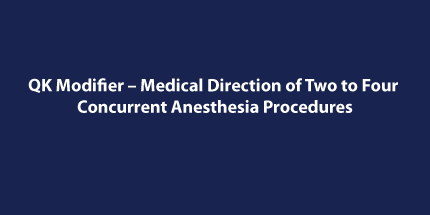
The QK modifier is used when an anesthesiologist is medically directing two to four anesthesia procedures at the same time. That means they’re supervising two to four CRNAs (or AA’s—Anesthesiologist Assistants) but not necessarily in the room the entire time. This modifier restricts 50% of the total amount that can be paid if the anesthesiologist or a certified registered nurse performs the procedure.
When to use it: If the anesthesiologist is overseeing multiple CRNAs and they meet the seven steps of medical direction then you’ll use QK on the anesthesiologist’s claim.
Remember that only the anesthesiologist’s claim gets the QK. The CRNA’s claim gets QX (we’ll get to that next).
What is QX Modifier?
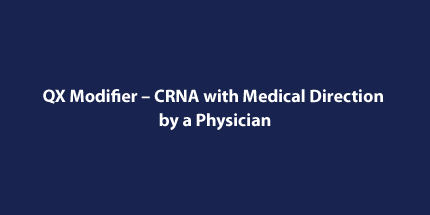
The QX modifier is used when a CRNA is working under medical direction from an anesthesiologist.
When to use it: If the anesthesiologist meets the required criteria (again, the “seven steps”) and the CRNA isn’t working independently, the CRNA’s claim gets QX.
Medicare typically splits the reimbursement 50/50 between the CRNA and the supervising physician in this scenario. So make sure both claims are submitted correctly!
What is QZ Modifier?
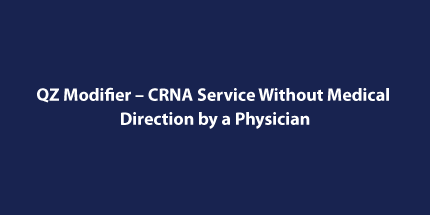
The QZ modifier is for when a CRNA performs the anesthesia service without medical direction or supervision from a physician.
When to use it: This modifier is applied in non-medically directed CRNA cases when the CRNA is doing it all themselves. Some states allow CRNAs to practice independently, but this depends on their scope of practice and state laws; this modifier reflects that autonomy.
QZ is an important modifier as it typically results in a full reimbursement for the CRNA and has no limits or effects on payment since no physician is involved. But be sure to check your state’s supervision laws—some states require physician oversight for Medicare to pay.
What is QS Modifier?
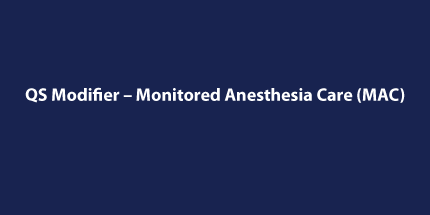
QS is a slightly different modifier. It doesn’t indicate who provided the anesthesia but rather what kind of anesthesia was delivered—specifically, Monitored Anesthesia Care (aka MAC).
When to use it: QS modifier is added when the provider is administering monitored anesthesia—not general anesthesia. MAC involves sedating the patient and monitoring vitals closely but the patient usually stays conscious.
QS is often used alongside other Q modifiers like QX or QZ, depending on who performed the MAC.
What is QY Modifier?
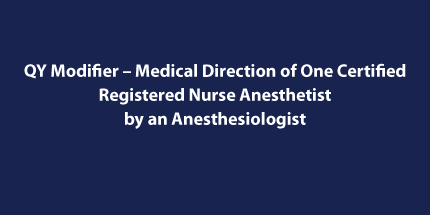
QY is used when an anesthesiologist is only supervising one CRNA. It restricts 50% of payments between an anesthesiologist and CRNA.
When to use it: If the physician is medically directing just one case, not two to four like with QK, their claim gets QY, and the CRNA’s claim still gets QX.
What Are Seven Steps of Medical Direction?
When anesthesiologists work with other, one or more qualified providers in overlapping cases then medical supervision occurs. There are seven steps specified by the American Society of Anesthesiologists and Medicare that are documented for anesthesiologists to bill. Both QK and QY require the physician to meet Medicare’s seven steps of medical direction. These steps help prove that the anesthesiologist was involved in patient care, even if they weren’t the one physically pushing meds. These seven steps include:
- Perform a pre-anesthetic exam and evaluation.
- Help create the anesthesia plan.
- Be physically present for induction and emergence (unless emergency prevents it).
- Monitor the course of anesthesia at frequent intervals.
- Stay immediately available for emergencies.
- Personally document post-anesthesia care.
- Ensure no more than four concurrent procedures are supervised.
If even one of these steps isn’t met then the anesthesiologist can’t bill with QK or QY. They might have to switch to a supervision modifier instead, like AD.
What Happens If You Get It Wrong?
Getting the modifiers wrong can lead to:
- Claim denials
- Delayed payments
- Underpayments
- Overpayments (which you’ll have to refund)
- Compliance red flags
In medical billing, accuracy matters, especially for efficient revenue cycle management. If you’re not sure which modifier to use then talk to the provider or check the medical record. It’s better to slow down and double-check than to deal with a denial or audit later.
Outsource your Medical Billing Operations
Accuracy is everything in medical billing but some healthcare providers cannot manage the complex billing tasks and as a result, fail to get reimbursement, which leads to losses. That’s why the best option providers have is to outsource their billing operations to an experienced medical billing company like M&M Claims Care. We know when and how to use these codes as we have processed thousands of claims of anesthesiologists. It’s time to become stress-free and get paid correctly, on time. Whether you need mental health billing services or urgent care billing services, M&M Claims Care is here for you.






